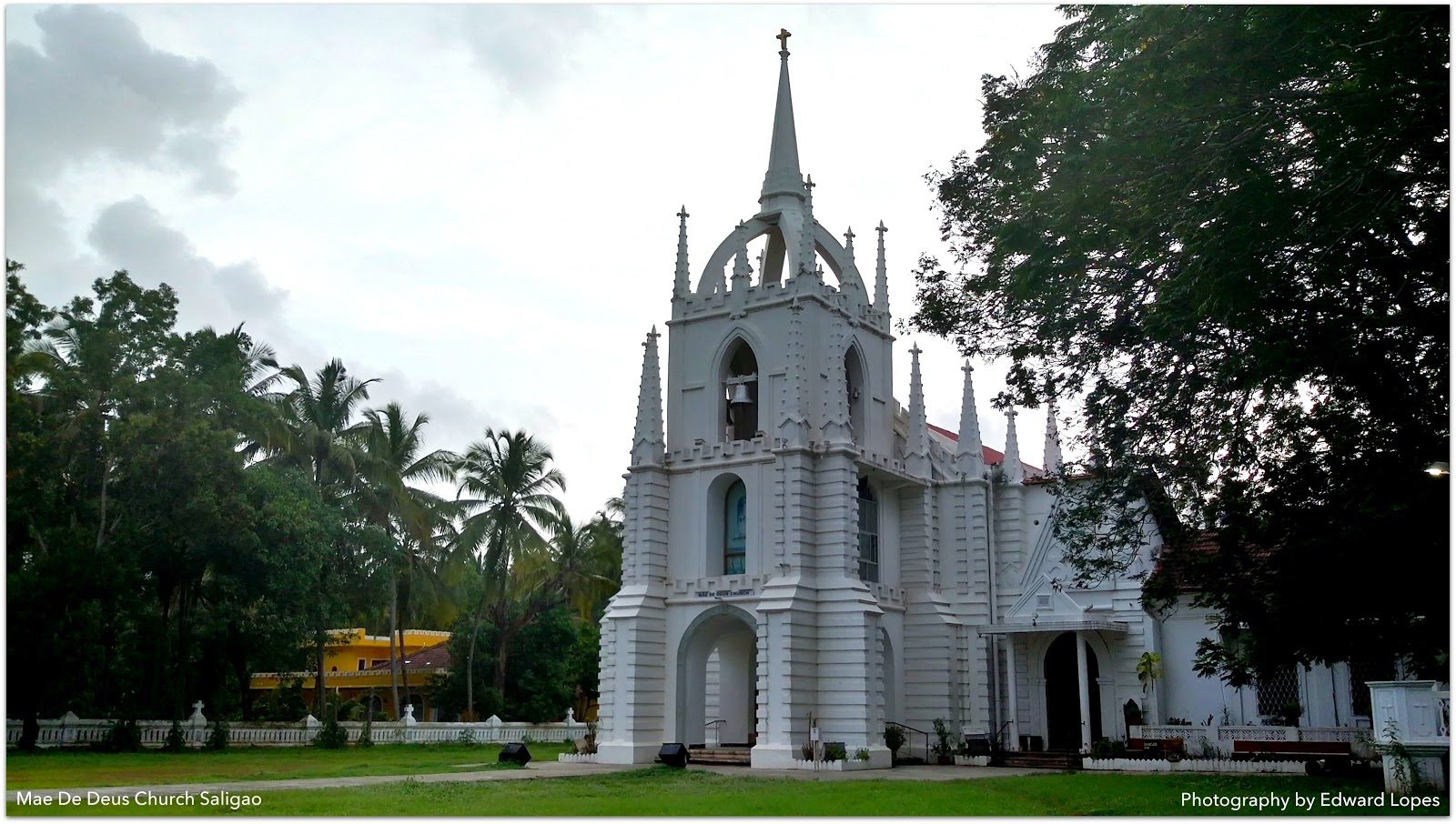As a fast developing state, cultural activities have become memories of the past. One like the unforgettable ‘ Foxes Nite’ that came up in 1991 almost 25 years ago.
‘Foxes Nite’, an annual dance held on the feast of Mae de Deus (Mother of God) church in the beautiful village of Saligao. Saligaokars made it a point to be present for the feast as well as the 9 long days of the religious ceremony of novenas. Celebration of the feast is on the first Sunday in the month of May every year.
Saligao Institute, the brainchild of this concept, was later taken over by Saligao Sporting Club. The 15th edition was the last dance that was held in 2006. It is said that local politics took over organisation of the event. We do not know how much of this is true.
The rest of the Goans have been calling Saligaokars ‘Foxes’ for over 100 years. The name became synonymous with the villagers. There are many interesting stories as to how they got the tag ‘Foxes’.
One story goes like this . . .
Rice is the chief crop of Saligao like most other villages in Goa. Some smart and curious villagers began to grow sugarcane in the fields. Once the sugar cane ripened, foxes from the hills would come down to feast on it, as the story goes. However, the farmers drove them away during the day; as they say foxes are cunning… they would make their way in during the nights. Night watches kept by the farmers together drove the foxes away. The minute the foxes tried to enter the fields, farmers would hide behind the stalks with sticks and stones and drive them away.
In this way, the ‘villagers’, as sly as the foxes, made sure the foxes were out of the sugarcane fields and protected their valuable crops. Therefore they clinched the title ‘Uxellantle Kole – that means ‘the foxes in the sugarcane plantation’.
Saligaokars cultivated the sugarcane as a cash crop and therefore were called ‘Uxellantle Kole’ as when it came to financial matters, they were smart enough to expand their business.



